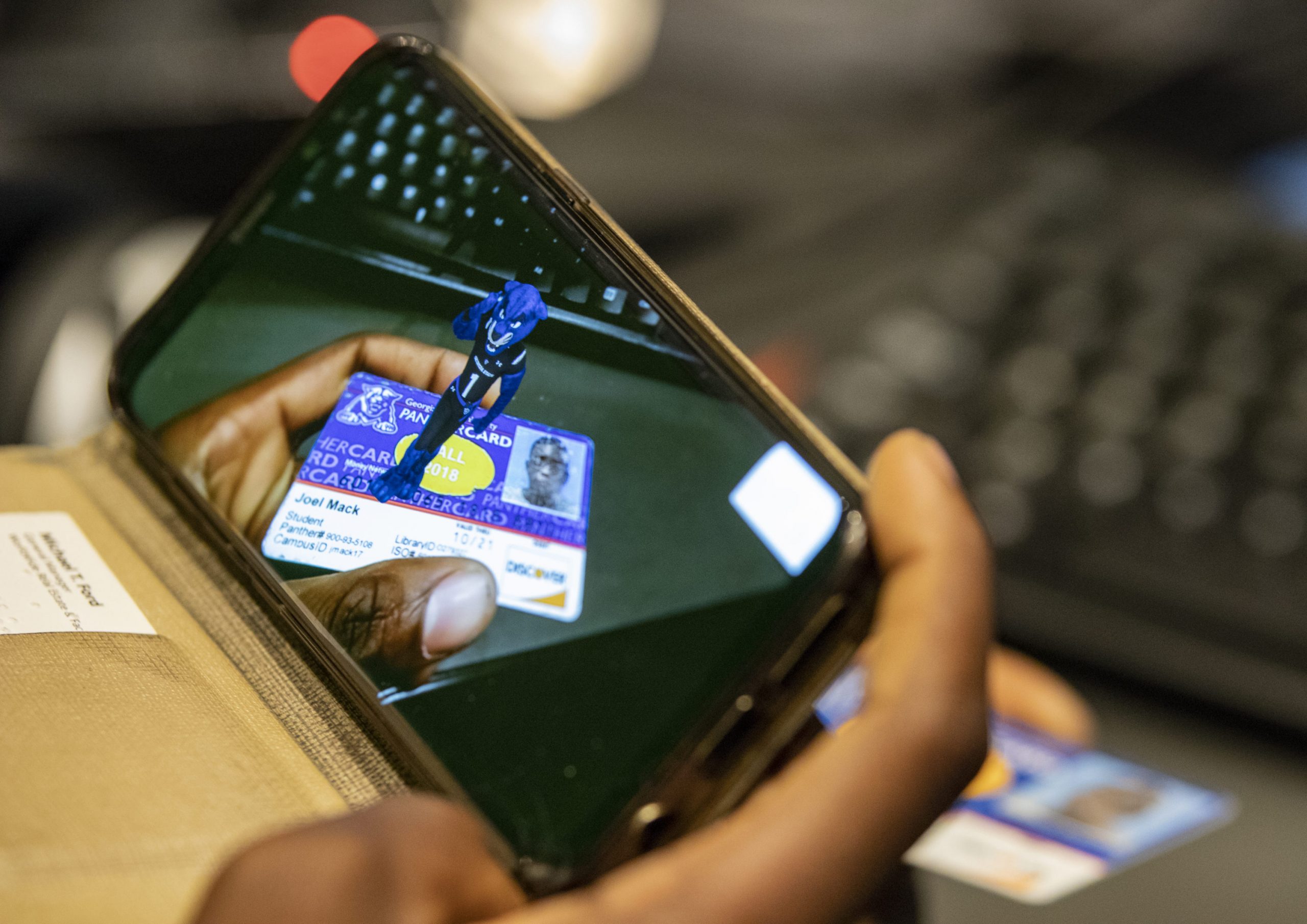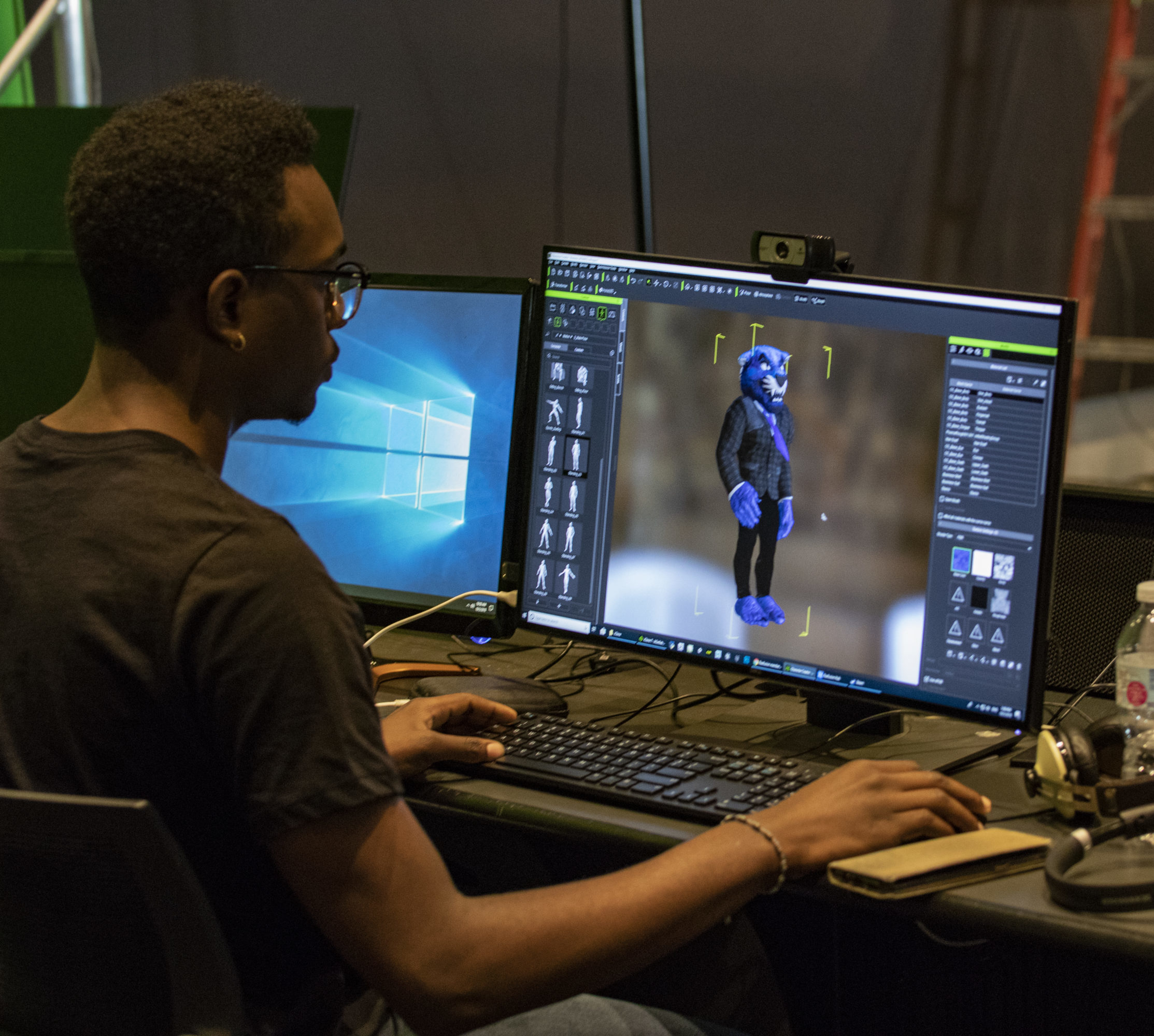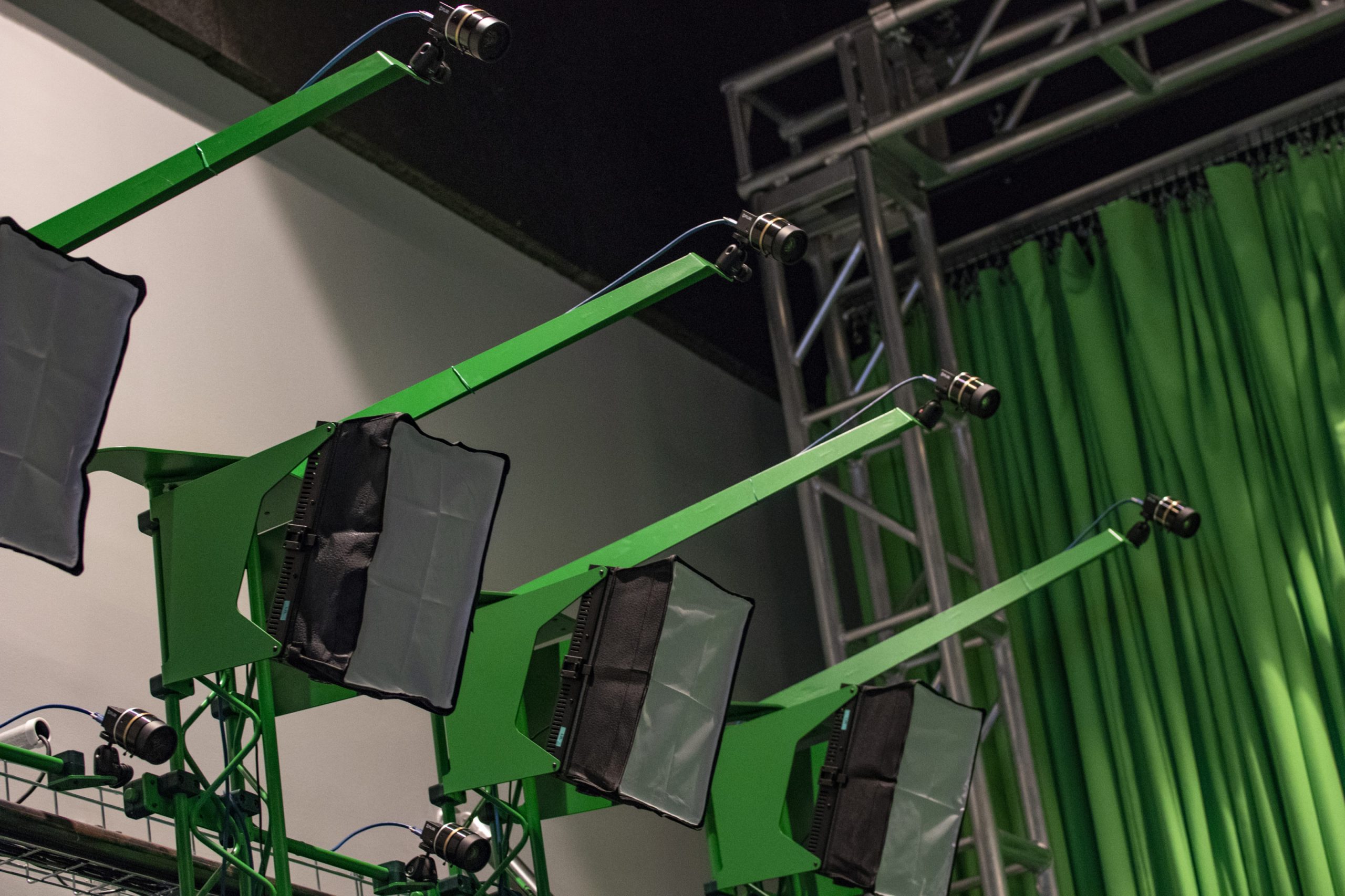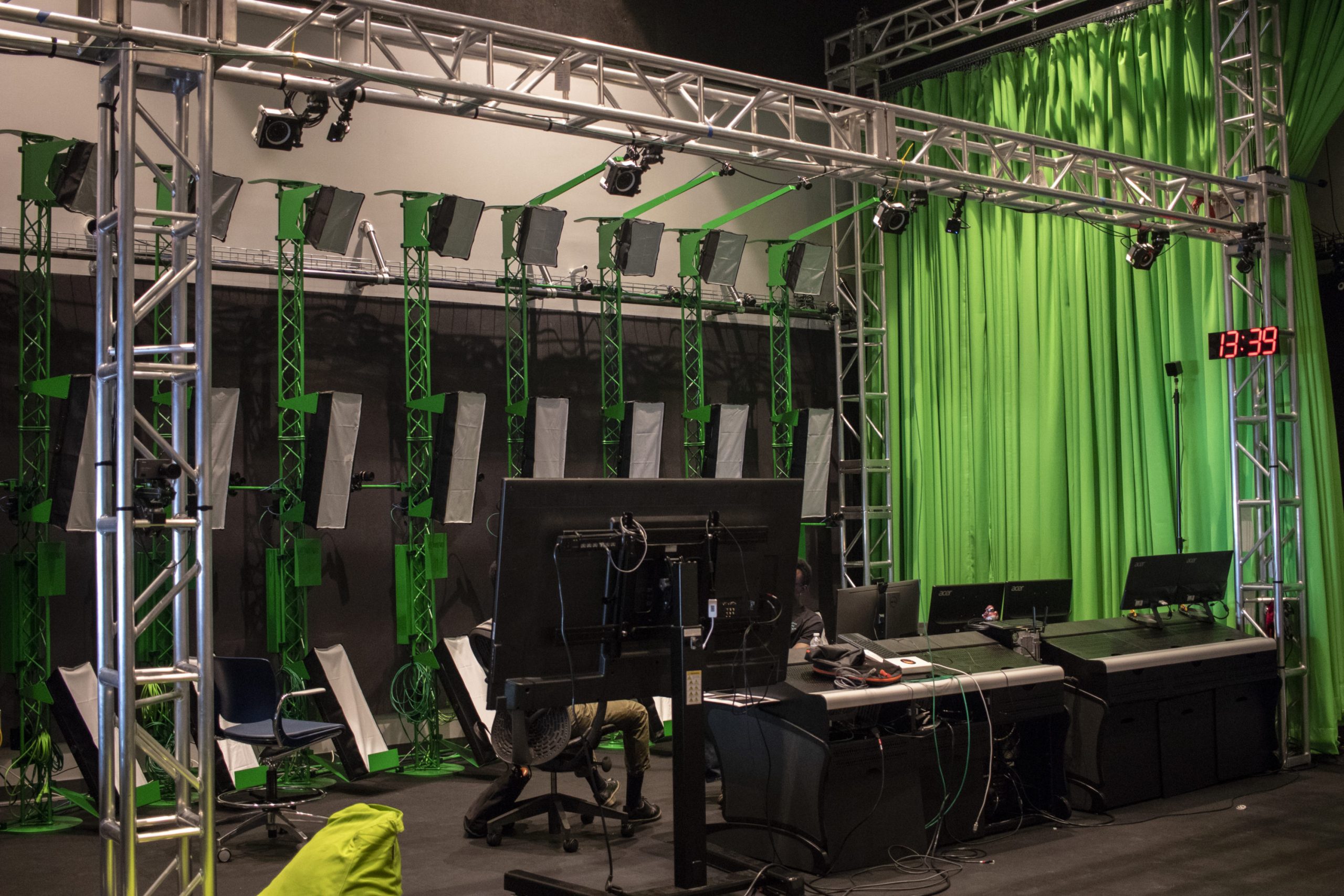What Classrooms of the Future Will Look Like
What the future holds for learning environments
Josh Winston

What Classrooms of the Future Will Look Like
What the future holds for learning environments
Josh Winston

[dropcap]F[/dropcap]rom green chalkboards to overhead projectors, smart boards to the proliferation of laptops and tablets, the way in which technology is utilized in learning environments has changed rapidly. But, if all of these wild technological innovations have happened in the relatively short time span of 20 years, what incredible breakthroughs will the next 20 years bring us?
Today, educational technology is at somewhat of an inflection point. Contemporary technologies, such as the laptop and tablet, have reached maturity. They’re now considered utilitarian and commonplace instead of cutting-edge and high-tech. Instead of looking at new ways of innovating and re-inventing these existing product categories, large amounts of research and development are being funneled into new or emerging technologies such as augmented reality (AR) and virtual reality (VR).

THE PUSH FOR TECHNOLOGY IN THE CLASSROOM
Damon Lynch, an information technology specialist at Georgia State, believes this coming technological shift could completely disrupt the way in which we interact with computers.
“I see AR as probably the next computing interface, replacing the traditional GUI [graphical user interface],” Lynch said.
Georgia State professor of practice Candace Lee Alger describes the university’s push into
augmented and virtual reality as existing primarily in conversation with previous applications of the technology.
“I would describe what we are doing as ‘leveraging’ emerging technologies as opposed to ‘developing’ them. For example, we are utilizing HMD [head mounted display] devices like HTC Vive, Oculus, as well as HoloLens and Magic Leap goggles to experience VR, AR and mixed reality,” Alger said.
Alger also described Georgia State’s plan to adapt these technologies for classroom use.
“As we experience various content that has already been created, we can use that as reference to help us understand how to develop our own content,” she said.



